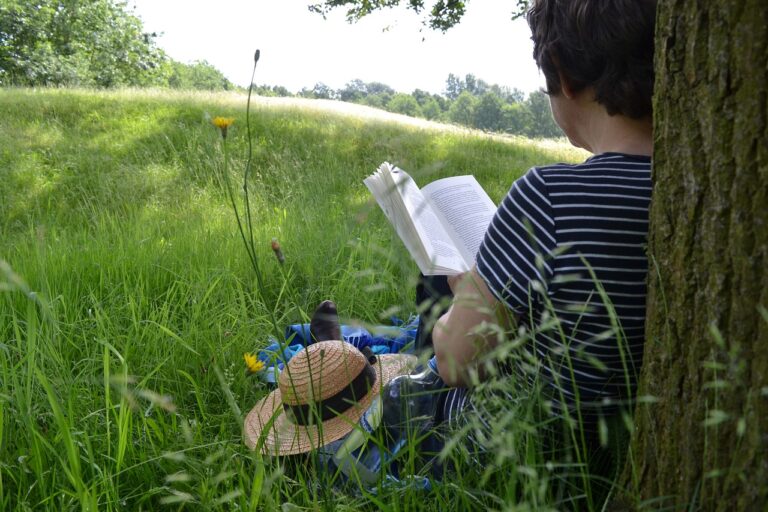Exploring the Role of Mindfulness Practices in Education: Cultivating Focus and Emotional Regulation
Mindfulness practices in education have shown a multitude of benefits for both students and educators alike. By incorporating mindfulness into school curriculums, students can develop improved focus, concentration, and emotional regulation. These practices have also been linked to reduced stress levels, enhanced self-awareness, and a more positive outlook on learning and life in general.
Furthermore, mindfulness in education fosters a sense of community and empathy among students, leading to improved relationships and a more positive school climate. Studies have indicated that students who engage in mindfulness practices may exhibit higher levels of compassion, kindness, and social awareness, which can contribute to a more harmonious and inclusive learning environment.
Understanding the Science Behind Mindfulness
Mindfulness, at its core, involves paying attention to the present moment without judgment. Scientific research has shown that engaging in mindfulness practices can have a myriad of positive effects on the brain and body. One of the key areas of interest in the scientific community is how mindfulness impacts the brain’s structure and function.
Neuroimaging studies have revealed that regular mindfulness practice can lead to changes in brain regions associated with attention, emotional regulation, and self-awareness. These changes can result in improved cognitive functions, such as enhanced focus, memory, and decision-making skills. Additionally, mindfulness has been found to reduce activity in the amygdala, the brain’s center for fear and stress responses, leading to decreased levels of anxiety and increased feelings of well-being.
Implementing Mindfulness in the Classroom
Implementing mindfulness in the classroom can have a profound impact on students’ overall well-being and academic success. By encouraging mindfulness practices such as deep breathing exercises or short meditation sessions, teachers can help students manage stress, improve focus, and enhance their emotional regulation skills. These practices create a positive and supportive learning environment where students can better engage with their studies and develop important life skills for navigating challenges both in and out of the classroom.
Furthermore, integrating mindfulness into the curriculum can promote a sense of community and empathy among students. By fostering a more mindful and present awareness, students can learn to listen attentively to their peers, respond thoughtfully to conflicts, and cultivate a deeper sense of understanding and compassion for one another. Incorporating mindfulness practices into daily routines not only benefits students individually but also contributes to a more harmonious and connected classroom dynamic where everyone feels valued and respected.
What are some benefits of implementing mindfulness practices in education?
Some benefits of mindfulness practices in education include improved focus and attention, reduced stress and anxiety, increased self-regulation, and improved overall well-being for students and teachers alike.
How does mindfulness work on a scientific level?
Mindfulness practices have been shown to activate regions of the brain associated with attention, emotional regulation, and self-awareness. This can lead to improved cognitive function and emotional well-being.
How can teachers effectively implement mindfulness in the classroom?
Teachers can implement mindfulness in the classroom by incorporating short mindfulness exercises into daily routines, creating a calm and focused environment, and modeling mindfulness behaviors for students.
Can mindfulness practices benefit students academically?
Yes, research has shown that mindfulness practices can improve academic performance by enhancing focus, attention, and memory, as well as reducing stress and anxiety that may interfere with learning.
Are there resources available to help teachers implement mindfulness practices in the classroom?
Yes, there are many resources available to help teachers incorporate mindfulness practices into their classrooms, including online guides, workshops, and professional development opportunities.







